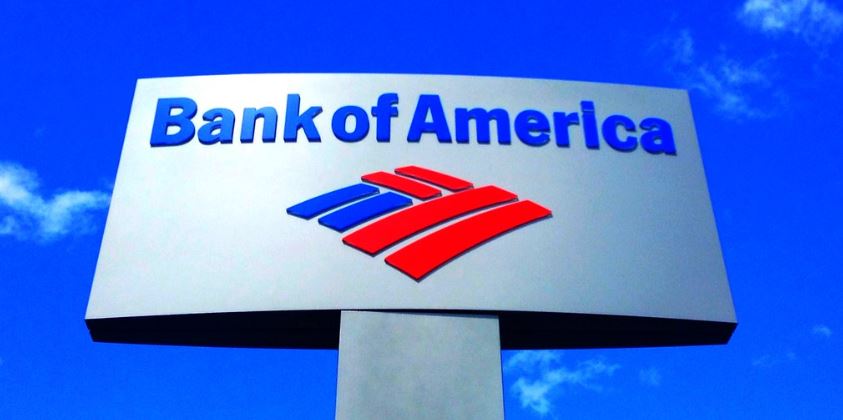![]()
US commercial banks which favoured “high operational efficiency” in the first quarter of 2020 have reaped the financial rewards of their efforts, according to a report by Hoeg & Company.
Out of the 50 most operationally efficient US commercial banks – taken from a pool of 4,465 – 62% landed an above average “businesses effectiveness” rating. That is, the measure of quality of a bank’s portfolio of business for generating profits.

The well-performing firms were some of the largest in terms of assets but not necessarily employee count
The majority of institutions which have invested in streamlined operations have, so far this year, also built up some of the most profitable balance sheets.
Top performers
Charles Schwab’s Bank and Premier Bank, UBS Bank USA, Bank of America California and Morgan Stanley Private Bank all made the top 50 in terms of operational efficiency, whilst also landing an above average business effectiveness rating.
Though not making the top 50, Citibank still scored 73.22 and 86.36 on efficiency and business effectiveness respectively – above the average – as did Bank of America, scoring 69.79 and 93.42 respectively.
Efficient but not “business effective”
Some big commercial banks dipped below average business effectiveness, despite maintaining some of the highest operational efficiency scores. These included Wells Fargo National Bank West (-7.31) and TD Bank USA (-29.09).
Wells Fargo announced earlier this month that it will be laying off further staff, likely before the end of the year.
The bank’s chief financial officer, John Shrewsberry, told investors that the cost-cutting programmes are designed to get the bank’s total expense base (the total headcount for Wells Fargo) “to as lean a state” as the bank “can responsibly operate”.
Automation
Although most of the well-performing firms were some of the largest in terms of assets, they were not necessarily all the largest in terms of employee numbers. The report claims that this supports the logic behind major banks’ heavy job cutting schemes.
“This is likely the result of achieving economies of scale in their operations and being structured around automated processes,” the report explains.
Artificial intelligence (AI) applications are providing an aggregate potential cost savings of $447 billion by 2023 for banks. Front and middle office accounting make up $416 billion of that total, according to Autonomous Next research.
Conclusions
The bottom 50 commercial banks in Hoeg & Company’s report in terms of operational efficiency had a negative net income overall, compared to the positive net income held up by the industry average.
The report includes other big names measured for operational efficiency and business effectiveness. These included Banco Santander Puerto Rico, which scored 65.35 and 96.24 respectively, Deutsche Bank Trust Company Americas, which scored 79.11 and 94.72 respectively, and HSBC Bank USA, which scored 45.01 and 67.19 respectively – considerably below industry averages.
The report suggests operational efficiency does not necessarily always equal business effectiveness, but is a significant contributor to it the majority of the time.
This points to the fact that some commercial banks are still struggling to make full financial use of the operational efficiency they have put in place.
Contact Information:
Ruby Hinchliffe
Tags:
, Wire, United States, English
Contact Information:
Ruby Hinchliffe

